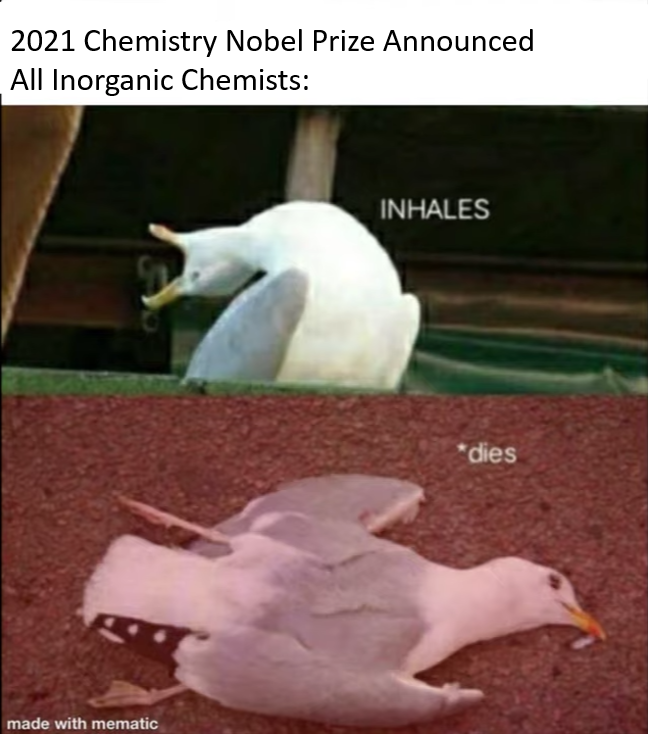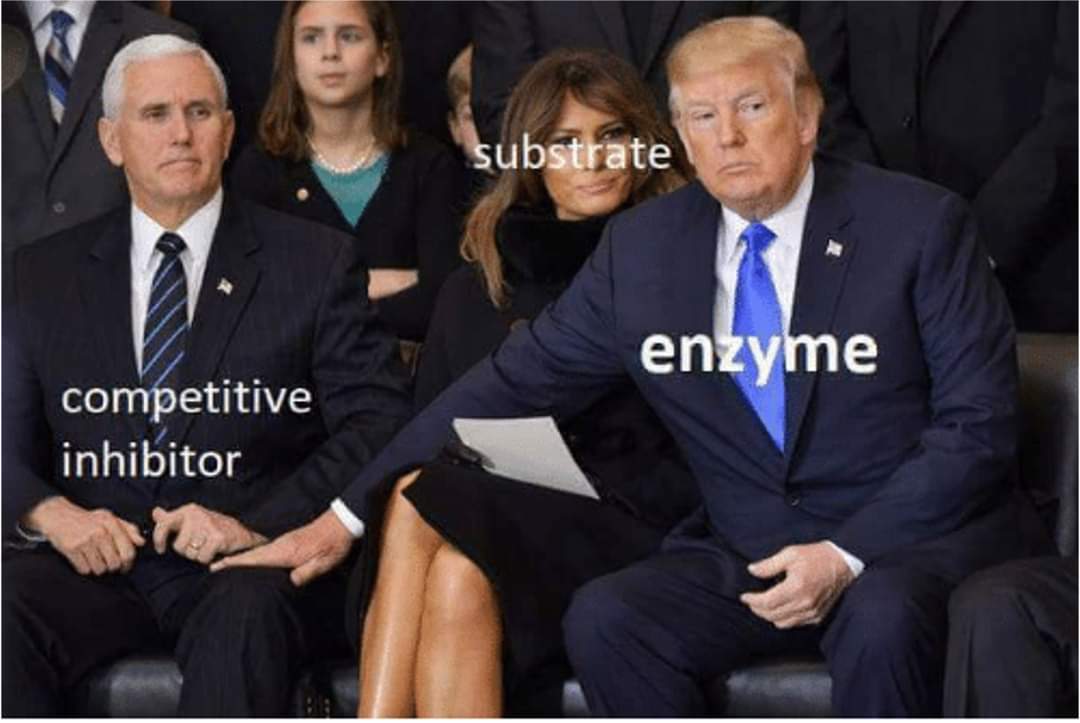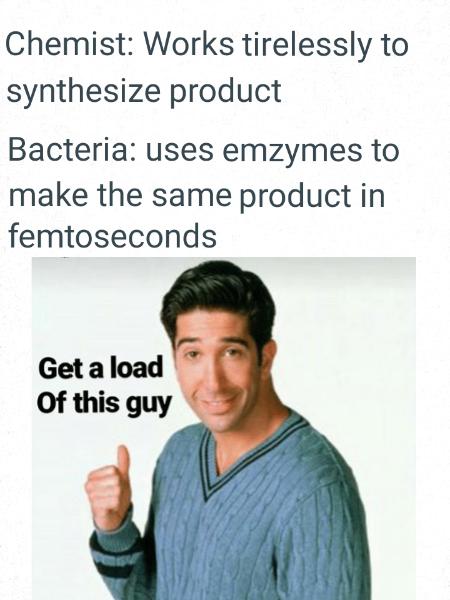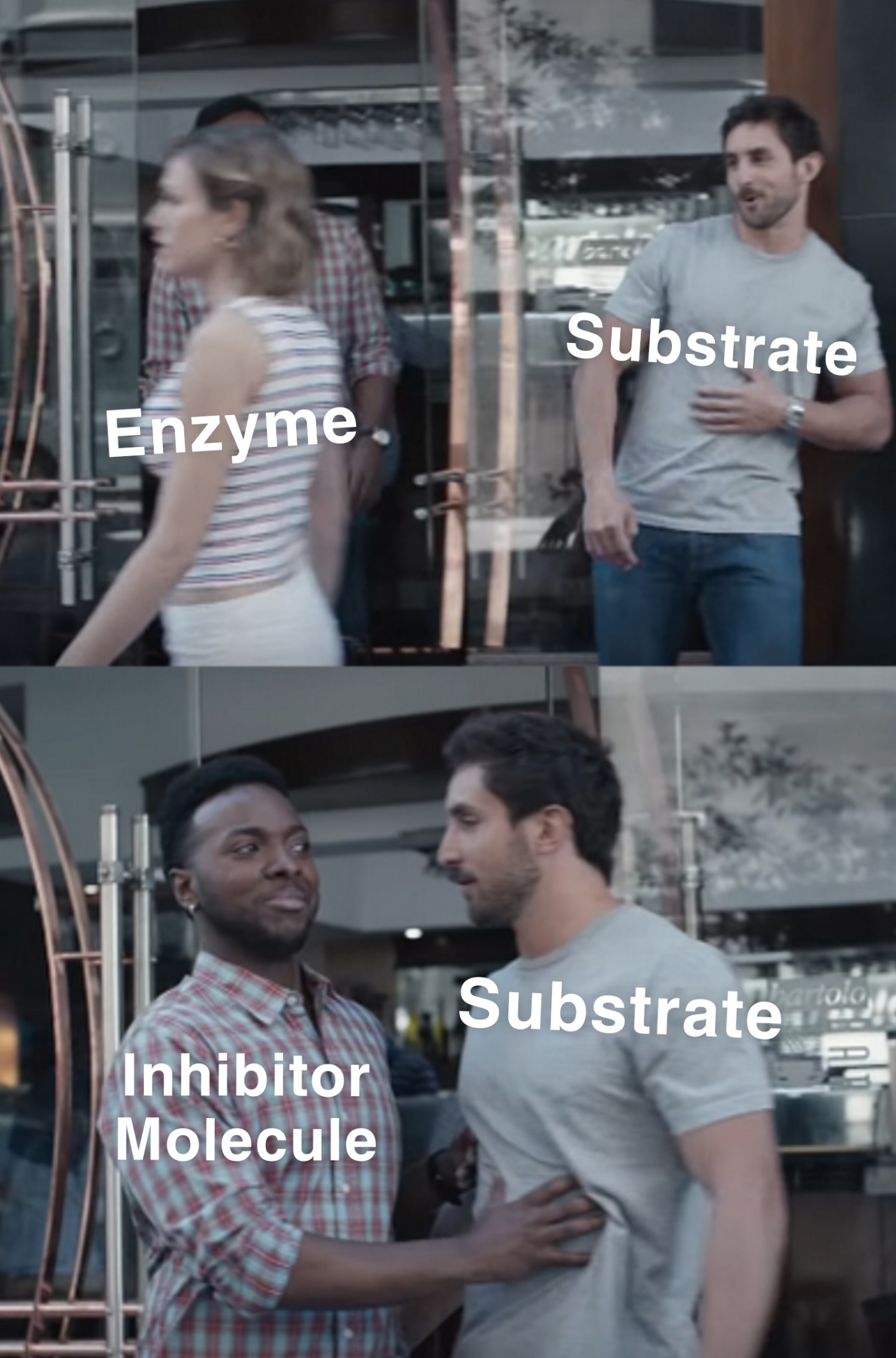Chemists spend weeks perfecting reactions with expensive equipment and hazardous conditions, while bacteria just casually flex with nitrogenase enzymes fixing nitrogen in milliseconds. The Haber Process requires 450°C, 200 atmospheres of pressure, and iron catalysts to make ammonia. Meanwhile, bacteria are doing the same thing at room temperature with their enzyme toolkit. It's like comparing someone building a house with hand tools versus a 3D printer that spits out mansions. Nature's been optimizing these reactions for billions of years while we're still figuring out the instruction manual.


 Academia
Academia
 Ai
Ai
 Astronomy
Astronomy
 Biology
Biology
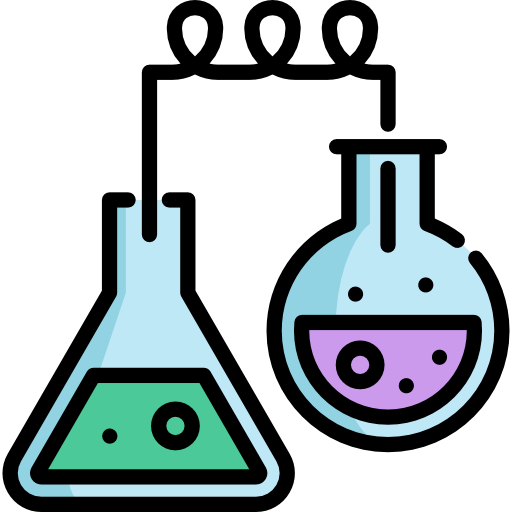 Chemistry
Chemistry
 Climate
Climate
 Conspiracy
Conspiracy
 Earth-science
Earth-science
 Engineering
Engineering
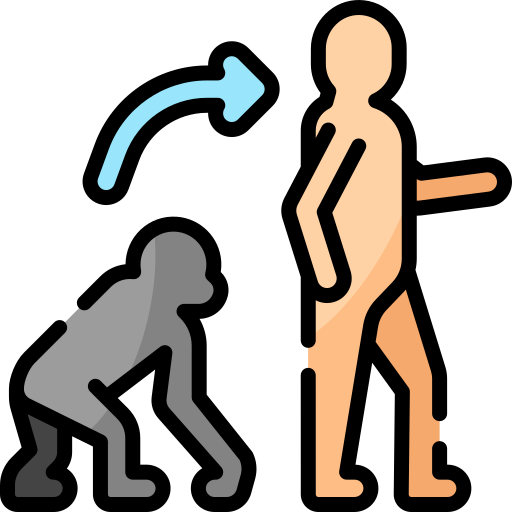 Evolution
Evolution
 Geology
Geology
